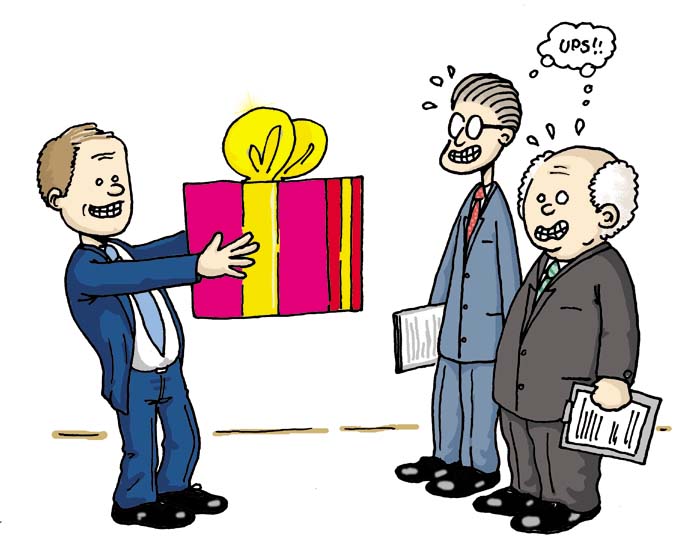Now whats your excuse going to be, for those of you suffering from blogger's block?
- How to get the most from our customer service department.
- The best way to recommend an improvement to our product or service.
- Podcast - complete installation instructions in audio and video.
- What would you like to see in next year’s catalog?
- Our favourite projects over the coming months.
- Some tricks that might keep you from needing support.
- Upcoming coupons and offers for the next two weeks.
- We want to talk. How should we contact you? Where?
- Choose our product’s price.
- Five tips for getting more from your ______ .
- A little bit about us.
- A walk in our neighborhood.
- Photos from our community meetup.
- What goes into our decision process.
- Video - a tour of the plant, and a day in the life of your product.
- What it’s like to work for our company.
- We support these causes, and here’s why.
- The next two years: how we grow with you.
- We want to come to work with you (and learn how we can help)!
- Giving back to the community: our plan.
- What we worry about over the coming year.
- How we handle your disputes or complaints.
- Can you recommend a better process for this?
- Sometimes, we have to say no.
- Your call is important to us. We’ll tell you how important.
- We’re sorry, and here’s how we’ll handle things next time.
- Report from our independent community review board.
- How to close out your account with us. (Imagine how risky this is?)
- The economy is piling up costs, and we have to share the burden.
- Understanding what went wrong.
- Birthday announcements for August. (Imagine listing your customers’ names on a birthday calendar?)
- Fourteen ways to customize your _______.
- Why we like our competitor’s product better, and how we’ll catch up.
- Customer Profile - Sedah D’Abdul.
- Our fourth annual YOU awards.
- What we think is unique about us. Do you agree?
- Communities in your neighborhood, and several on the Web.
- Your blog posts: Javier Mendoza suggests ways we could improve.
- Companies to consider when you get too big for us.
- Why we believe participation pays off.
- Meet our four favorite customer service reps for September.
- Vendors that serve us so we can help you.
- Our global plan - Vietnam, Italy, and your back yard.
- What we look for in our leadership.
- Video - our new smaller offices downtown.
- Green is our new favorite color- save energy and money with your _____.
- How corporate responsibility saved us $3Mil last year.
- Growing up but staying fun.
- Your event, our treat.
- Five promises we’ve kept over the last few years










 Police cruisers are also getting a new look. Traditionally, cruisers have been plain white with red and blue stripes. The new cruisers are two-toned in blue and white -- something (Chief) Thomlison said will make them more visible.
Police cruisers are also getting a new look. Traditionally, cruisers have been plain white with red and blue stripes. The new cruisers are two-toned in blue and white -- something (Chief) Thomlison said will make them more visible.





